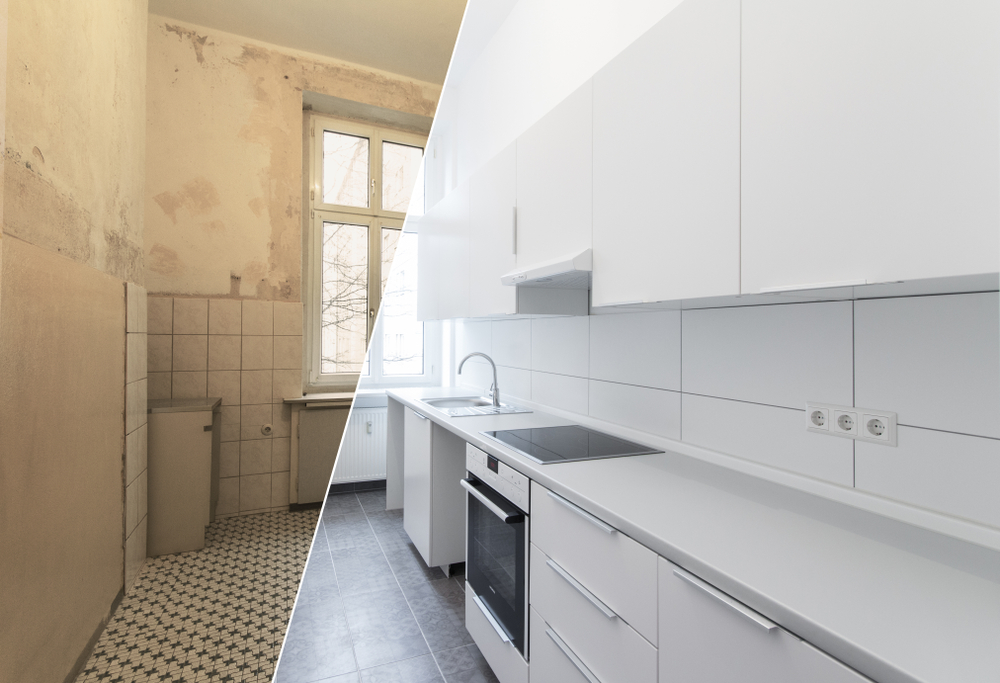Exploring Mechanical Design Software
Discover the features and benefits of mechanical design software, essential for creating and optimizing mechanical systems.
Mechanical design software plays a crucial role in modern engineering, enabling designers and engineers to create, simulate, and analyze mechanical components and systems with high precision. These software tools are essential for developing complex machinery, vehicles, and industrial equipment, providing a platform to visualize concepts, optimize designs, and reduce errors before physical prototypes are made. This article delves into the functionalities of mechanical design software, the benefits it offers, and the factors to consider when selecting the right software for your needs.

Key Features of Mechanical Design Software
Mechanical design software comes equipped with a variety of features that streamline the design process. One of the primary features is CAD (Computer-Aided Design), which allows users to create 2D and 3D models of components and assemblies. Advanced tools often include simulation capabilities, enabling users to test how a design will perform under various conditions, such as stress, heat, and motion. Additionally, many mechanical design tools offer parametric modeling, which allows for easy adjustments to designs based on predefined parameters. This flexibility is crucial for optimizing designs and ensuring they meet specific requirements.
Benefits of Using Mechanical Design Software
The use of mechanical design software brings numerous benefits to the design and manufacturing process. Firstly, it significantly reduces the time and cost associated with developing prototypes. By creating detailed virtual models, engineers can identify and rectify potential issues early in the design phase, minimizing the need for costly physical prototypes. Additionally, these tools enhance collaboration, allowing multiple team members to work on a project simultaneously and share updates in real-time. This improves communication and ensures that everyone is aligned with the project’s goals. Moreover, mechanical design software helps in achieving higher precision and accuracy, which is vital for producing high-quality products that meet industry standards.
Choosing the Right Mechanical Design Software
Selecting the right mechanical design software depends on various factors, including the complexity of your projects, your industry, and your budget. For example, industries like automotive, aerospace, and heavy machinery often require advanced simulation capabilities to test their designs under extreme conditions. In contrast, smaller manufacturing businesses might prioritize user-friendly interfaces and integration with other tools like CAM (Computer-Aided Manufacturing) software. It’s also important to consider the software’s compatibility with your existing systems and the availability of customer support and training resources. Popular choices include AutoCAD, SolidWorks, and CATIA, each offering unique strengths tailored to different needs.
Common Applications of Mechanical Design Software
Mechanical design software is used across a wide range of industries for various applications. In automotive and aerospace sectors, it’s used to design everything from engines and transmissions to complete vehicle bodies and aircraft structures. In the consumer products industry, it helps in designing appliances, electronics, and other goods, ensuring they are functional, durable, and aesthetically pleasing. The software is also essential in the energy sector, where it’s used to design complex systems like turbines, generators, and pipelines. Furthermore, mechanical design tools are employed in the development of medical devices, contributing to innovations that improve healthcare outcomes.
Cost and Top Mechanical Design Software Providers
The cost of mechanical design software can vary widely depending on the features and capabilities required. For basic CAD tools, prices might start at a few hundred dollars per year, while more advanced software with simulation and analysis features can cost several thousand dollars annually. Some of the top mechanical design software providers include Autodesk (AutoCAD), Dassault Systèmes (SolidWorks, CATIA), and Siemens (NX). These companies offer comprehensive solutions that cater to various industries, providing robust tools for design, analysis, and collaboration. Many providers also offer cloud-based options, making it easier for teams to collaborate and access their projects from anywhere.











